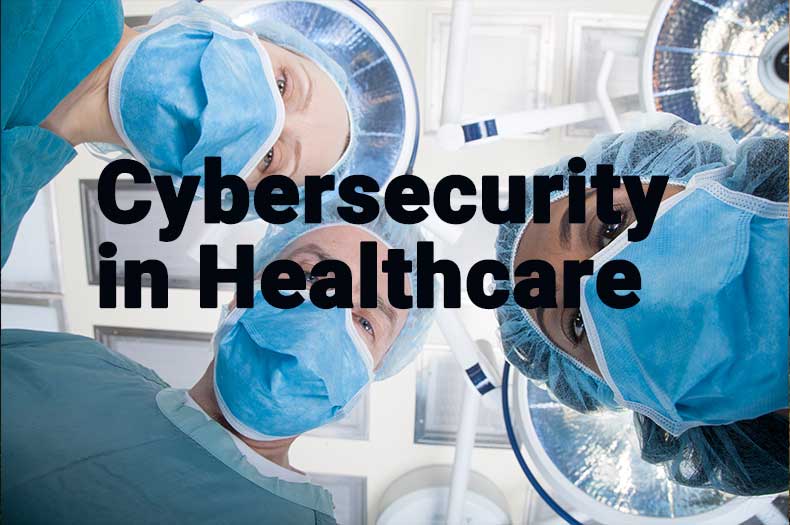[vc_row][vc_column][vc_column_text]
Cybersecurity Risk Assessment in Healthcare
The Government Accountability Office (GOA) published a report on July 25, 2019, that highlighted the need for the Department of Health and Human Services (HHS) and other government agencies to fully develop their cybersecurity risk management strategies. Among the deficiencies found was a lack of organization-wide risk assessment of cyber risk. It is not enough to do risk assessments of cybersecurity risk. These assessments must also be updated regularly as part of a comprehensive cybersecurity strategy.
How Do You Perform a Cybersecurity Risk Assessment?
Cybersecurity risk assessments help organizations understand, mitigate, and control various forms of cyber risk. These assessments are an essential component of risk management strategy and data protection.
Risk assessments are not a new strategy. They have been around as long as cybersecurity has been around. Unfortunately, many organizations do not give this aspect of cybersecurity the importance that it deserves. As healthcare organizations rely more on information systems and information technology to care for their patients, their digital risk landscape increases.
Their ecosystem is exposed to unique critical vulnerabilities. The National Institute of Standards and Technology (NIST) has created a Cybersecurity Framework that can serve as a starting point for risk assessment. From there, healthcare organizations can adjust to their risk assessment process based on their local needs.
The primary goal of a cyber-risk assessment is to give decision-makers within your organization the information and support needed to properly respond to a risk. They also provide an executive summary to help decision-makers make informed decisions about security. Some questions answered during a cybersecurity risk assessment include:
- What are the most important information technology assets our organization has?
- What type of data breach would have the biggest impact on our business, be it from human error, malware, or cyber-attack?
- What are relevant threat sources and relevant threats for our medical institution?
- How can we identify external and internal vulnerabilities?
- If these vulnerabilities are exploited, what is the impact?
- How likely is it that these vulnerabilities will be exploited?What is the level of risk our healthcare organization is comfortable accepting?
By answering these questions, decision-makers can determine what to protect and what strategies to use to mitigate risk. Additional questions to consider include:
- What risk are we trying to reduce?
- What is our organization’s highest priority security risk?
- What is the most cost effective way to reduce risk?
Why Cybersecurity Risk Assessment Is a Must in the Healthcare Industry
Healthcare organizations face evolving cyber threats that put their patients’ information and health at risk. That is why it is important for C suite and senior-level leaders to see cybersecurity as their responsibility and not just something that the IT department should worry about.
Cybersecurity affects patient safety and enterprise security. It is a strategic priority. It not only protects patient privacy and safety but also guarantees the continuity of effective delivery of top-quality care. Cybersecurity mitigates information disruptions that could literally become a matter of life and death.
Cyber-attacks target electronic health records (EHRs) and put patients’ privacy at risk because hackers target PHI and other sensitive information. Medical facilities that do not keep patient records private could face huge fines under HIPAA’s privacy and security rules. They could face potential harm to their reputation and cause irreparable damage to their patients.
Cyber-attacks, like ransomware, could lead to a healthcare facility losing access to medical records or losing the ability to access lifesaving medical devices. A hacker’s ability to access private data not only lets them steal said data but gives them the ability to intentionally or accidentally alter the data. This can lead to serious and life-threatening patient outcomes. However, with the right planning, these risks can be mitigated.
Improve IAM and Security with an IAM Assessment and Roadmap
IDMWORKS understands the unique cybersecurity challenges faced within the healthcare industry. For more than a decade, IDMWORKS has implemented a Gartner-recognized approach to assessing an organization’s IAM programs and then creating a roadmap for success.
Our blueprint includes core identity and access management component processes. We want to help make your business more efficient by laying out a delivery process for security service that works now and into the future.
[/vc_column_text][/vc_column][/vc_row]
